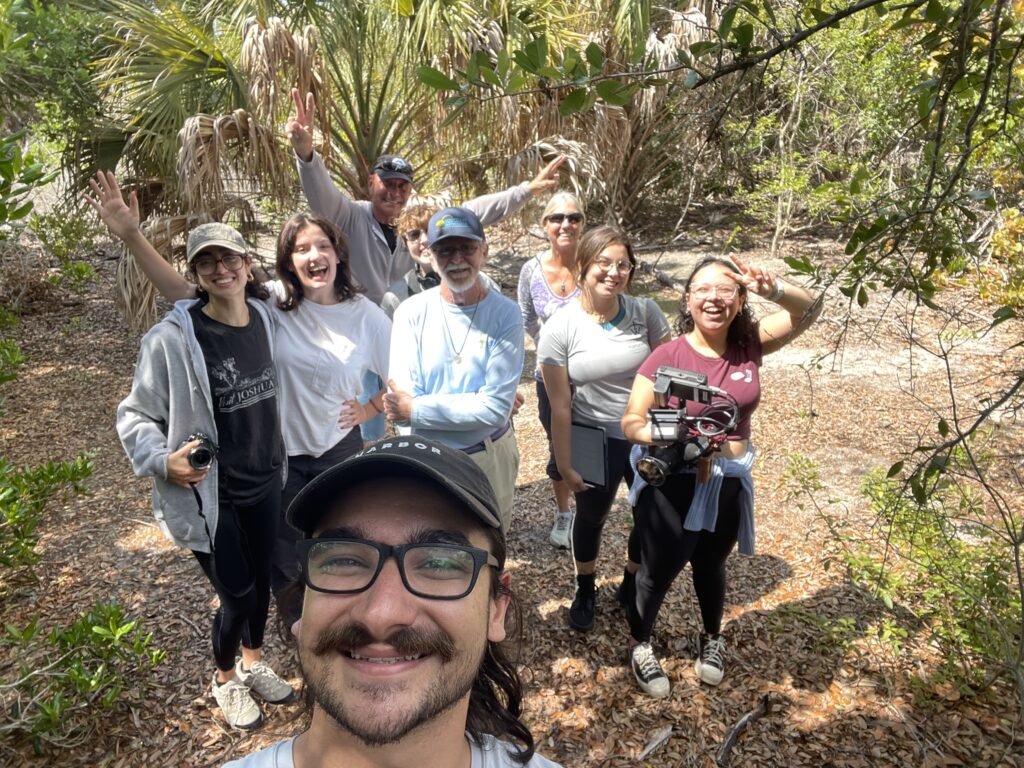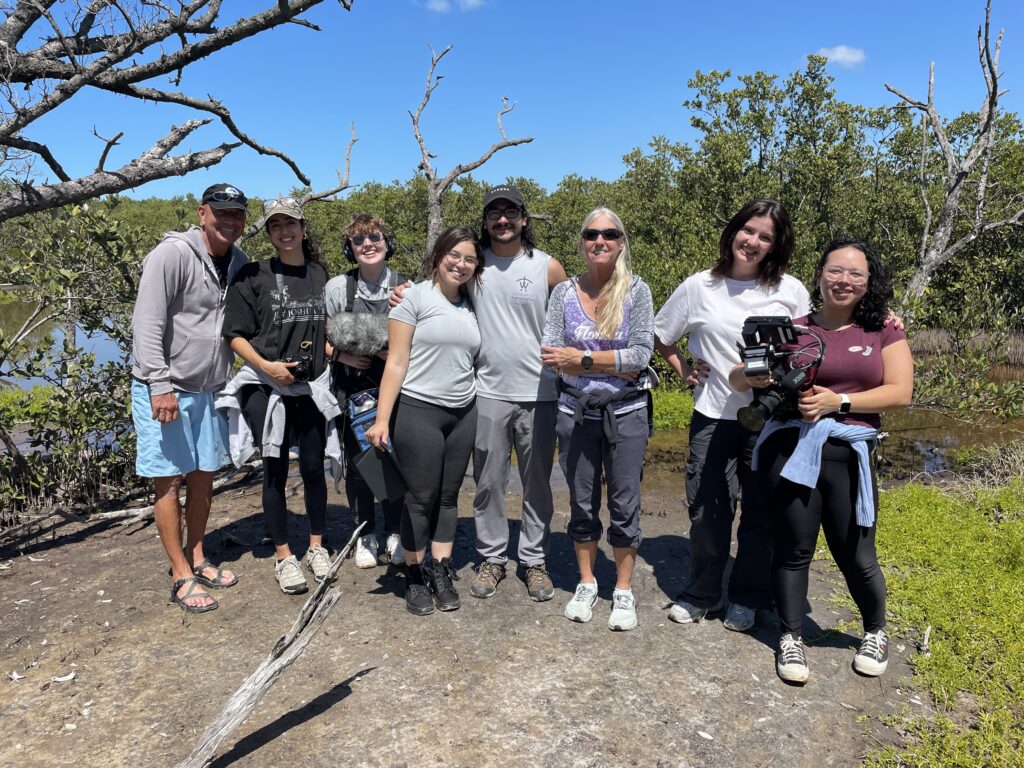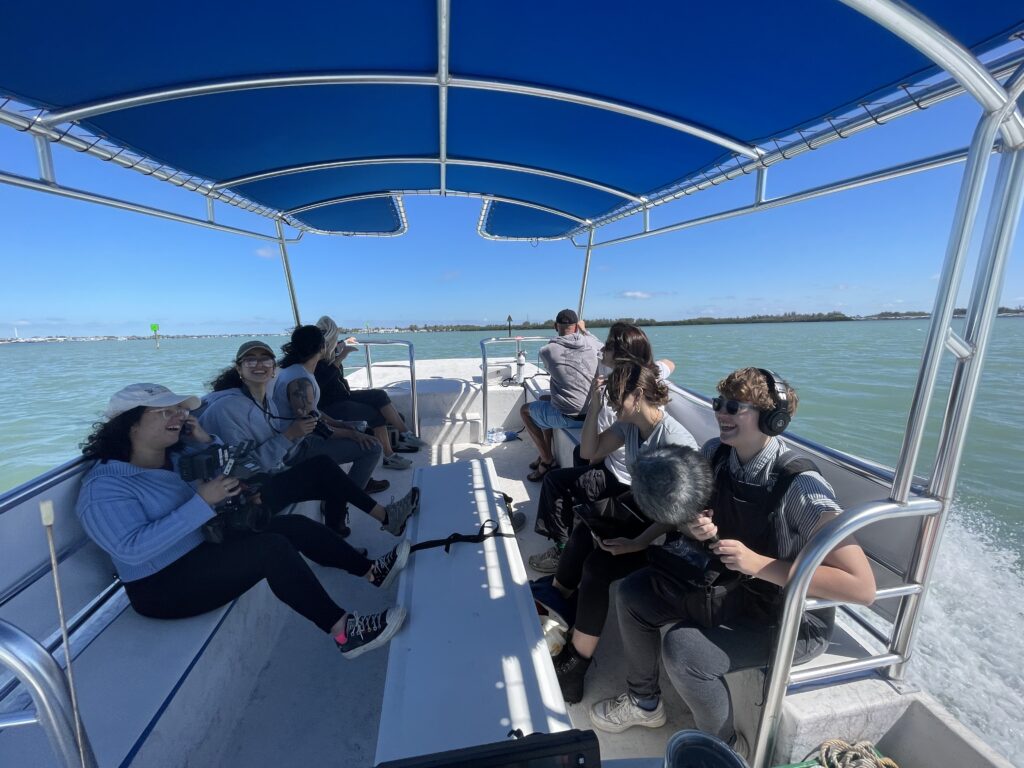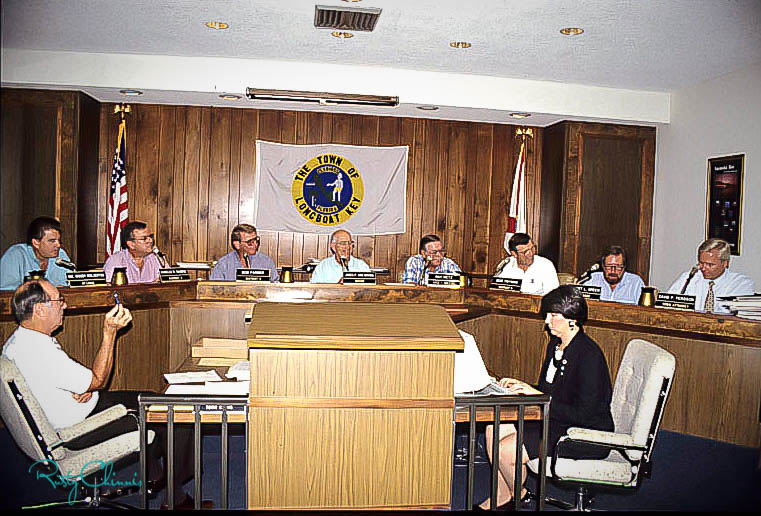Summer Thunderstorm brings the Sister Keys to Light

Ringling Film on the Sister Keys
Check out the film produced by The Ringling School’s senior film students. This wouldn’t have been possible without the Longboat Key Rotary Club!
Sister Keys Archival Aerials
These photos show the Sister Keys in their almost original state (bottom left). The first leg of the Gulf Coast Inland Water in the late 1800’s added dredging spoil to the two original islands that created what we see today.


Ringling Film Students Visit and Learn the History of The Sister Keys
On Sunday March 24, 2024 Students studying cinematography at the prestigious Ringling School of Art and Design traveled to The Sister Keys on the Suncoast Waterkeeper (SCWK) Patrol Boat with SCWK Chair and Sister Keys Co-Founder Rusty Chinnis, LBK Rotary Club Immediate Past President Dr. Jeff Driver and Green Team Co-Chair Terri Driver as part of a collaboration with the Longboat Key Rotary Club. Stay tuned for more details.





Next Cleanup TBD
Stay tuned for the next Sister Keys cleanup.

Remembering Virginia Sanders, a great advocate for the Sister Keys.

The Restorative Power of Nature
Never doubt that a small group of thoughtful committed citizens can change the world. Indeed, it is the only thing that ever has.
Margaret Mead, Anthropologist (1901-1978)
In the 1890s, the first leg of the Gulf Intracoastal Waterway was created to transport produce from Sarasota to the Tampa Bay market. The project skirted two large mangrove islands called the Otter Keys and would generate the spoil that would be the basis of the uplands we now call the Sister Keys.
At one point, a disgruntled owner bulldozed many of the mangroves because he wasn’t allowed to build on the islands. During World War II, the flats surrounding the islands were used by bombers for target practice and craters still exist as deep blue holes on the grass flats. In the 1960s, the islands were owned by a group of investors that intended to create a tropical resort they dubbed Shangri Isles. The development would have transformed the Keys with a marina, 18-hole championship golf course, luxury homes, a hotel and an airport. Fortunately, economics dictated a different course for the islands and the plants and animals that called it home. Over the next two decades the islands would remain essentially the same except for seeds and flotsam brought there by the birds, wind and tides. In the late 80’s the islands went on sale again, this time advertised as a “tropical paradise” where 80 acres could be developed. This was during a period of regional growth when a spurt of development came to the area and Tidy Island on the east shore of the bay sprouted homes at the expense of the native habitat. An adjacent island Jewfish Key was also undergoing development and blue septic tanks that would be buried for future homes dotted the shore on platted lots.
This activity caused a group of citizens to posit the question: “Wouldn’t it be nice to have at least one island in the bay that didn’t have a house on it?” In 1989, those progressive citizens created the Sister Keys Conservancy and lobbied for two years to raise money and awareness to buy and protect the islands.
A logo was created, an anthem was composed, and area environmental groups including the Longboat Key Garden Club, Mote Marine Laboratory, The Sierra Club, The Trust for Public Lands, and Florida Audubon were enlisted to further the cause. The group lobbied politicians, hosted fund raisers, a Music in the Park series, bake sales and speaking engagements to spread the word. Despite all their efforts the funds to purchase the islands seemed out of range until the Town of Longboat Key voted to fund the purchase on July 10, 1992. In October of that year the Sister Keys Conservancy’s co-founders traveled to Washington D.C. where they were presented with the Theodore Roosevelt Conservation Award for their efforts.
The islands were protected with a covenant in the deed that requires any changes to the status of the islands (renewed for 20 years in 2022) be sanctioned by Florida Audubon and remained essentially unchanged until 2006. At that point the Town was approached by the developers of Perico Island who needed mitigation credits for some dredging they were proposing. When the Town agreed, the islands were transformed by a project that removed all invasive plants, replaced them with native species and created an almost two-acre wetland.
In 2010 Sarasota Bay Watch “Adopted” the Sister Keys and committed to helping keep it free of trash and the inevitable regrowth of invasive plants. Annual trash and invasive cleanups have been done every April since the completion of the mitigation with the help of the Longboat Key Public Works Department, Longboat Key residents, the Longboat Key Garden Club and Suncoast Waterkeeper who now partners with these groups periodically as well as annually. To learn more about the evolution of the Sister Keys and see images and article from the period visit www.sisterkeys.org. The Sister Keys of today are an extraordinary example of what can be done to protect and enhance the Sarasota Bay ecosystem and a remarkable “future vision” of the restorative power of nature.
Sister Keys 30th Anniversary
The Longboat Key Town Commission voted to purchase and protect the Sister Keys on July 10, 1992 after a successful lobbying campaign by the Sister Keys Conservancy (started in 1989). The grass roots organization understood the importance of protecting a natural gulf coast Island but even they never realized what an important nature preserve the islands would represent in 2022.
When the real estate arm of St. Joe Paper Company approached the Town in 2006 to use the islands as a mitigation project to offset dredging of the proposed (but never built by them) Perico Island few appreciated what the change would mean to the local environment today. During that project all the invasive plants were removed, a two acre wetland was created and the islands were planted with all native species. The value of protecting natural space has never been more important as a burgeoning population has sent land values into the stratosphere. The growth is stressing the natural systems that brought people to the region and is pivotal to the economy. There has been no better time to point out he importance and the promise of working to protect the gulf coast.







in partnership with Suncoast Waterkeeper.
